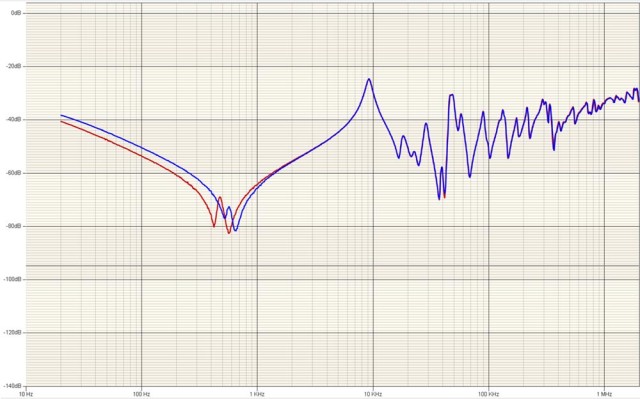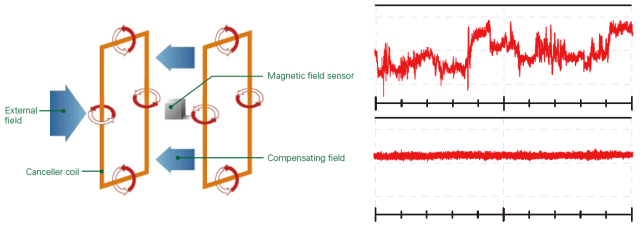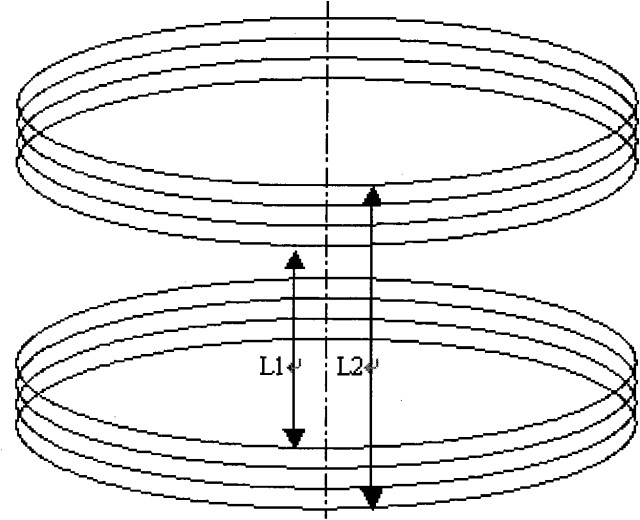This article was last revised in 357 Days ago, some of its contents may have changed. If you have any questions, you can ask the author。
The environment of an electron microscopy lab does not directly impact the electron microscope itself but rather affects the imaging quality and overall performance. During the operation of an electron microscope, the fine electron beam needs to travel in a high vacuum environment, covering a distance of 0.7 meters (for Scanning Electron Microscope) to over 2 meters (for Transmission Electron Microscope). Along the path, external factors such as magnetic fields, ground vibrations, noise in the air, and airflows can cause the electron beam to deviate from its intended path, leading to a degradation in imaging quality. Therefore, specific requirements need to be met for the surrounding environment.

The Active Low-frequency Demagnetization System, mainly composed of a detector, controller, and demagnetization coil, is a specialized device used to mitigate low-frequency electromagnetic fields from 0.001Hz to 300Hz, referred to as a Demagnetizer.
Demagnetizers can be categorized into AC and DC types based on their working ranges, and some models combine both types to meet different working environments. The advantages of low-frequency demagnetizers include their small size, lightweight, space-saving design, and the ability to be installed post-construction. They are particularly suitable for environments where it is difficult to construct magnetic shielding, such as cleanrooms.
Regardless of the brand, the basic working principles of demagnetizers are the same. They use a three-axis detector to detect electromagnetic interference signals, dynamically control and output anti-phase currents through a PID controller, and generate anti-phase magnetic fields with three-dimensional demagnetization coils (typically three sets of six quasi-Helmholtz rectangular coils), effectively neutralizing and canceling the magnetic field in a specific area, reducing it to a lower intensity level.

The theoretical demagnetization accuracy of demagnetizers can reach 0.1m Gauss p-p, or 10 nT, and some models claim even better accuracy, but this is only achievable at the center of the detector and cannot be directly measured by other instruments due to mutual interference at close distances or the "Equipotential Surface" phenomenon at greater distances.
Demagnetizers automatically adjust the demagnetization current based on changes in the environment. At times, the current can be significant. It is important to pay attention to the wiring layout when other sensitive instruments are in close proximity to avoid interference with their normal operation. For example, electron beam exposure devices have been affected by nearby operating magnetic field detectors.
The power consumption of the demagnetizer controller is generally around 250W to 300W.
The detector of the demagnetizer can be a combination type or an AC/DC separate type, and there is no significant difference in performance. It is generally fixed in the middle-upper part of the column or near the electron gun (as the electron beam emitted from the electron gun may have a slow speed, making it more prone to magnetic field interference). During the initial installation, the detector can be tested at multiple positions to determine the most effective location for fixation.
The demagnetization coils usually adopt a "large coil" design, where six coils are fixed on various walls, ceilings, and floors of the room as far apart as possible. Alternatively, rectangular frames with embedded coils can be customized. However, the "frame" design is less common except for cleanrooms or large rooms. This is because the demagnetization effect is slightly inferior, and it can interfere with the operation and usage of Electron Microscopes.

From the basic working principle of the demagnetizer, the following conclusions can be drawn:
1) Due to the inherent hysteresis that is difficult to eliminate, there will always be a phase difference between the anti-phase magnetic field and the ambient interference magnetic field, limiting the demagnetization effectiveness.
2) In the three-dimensional space enclosed by the demagnetization coils, the demagnetized magnetic field is not uniform. It gradually deteriorates from the center of the detector towards the outer surface, as the magnetic field intensity is inversely proportional to the square of the distance from the signal source (i.e., the demagnetization coils). Moreover, the uniformity of the ambient magnetic field is generally superior to that generated by the demagnetizer, resulting in a reduced demagnetization effect as the distance from the center of the detector increases.
3) This phenomenon particularly affects the use of demagnetizers in Scanning Electron Microscope rather than Transmission Electron Microscope.